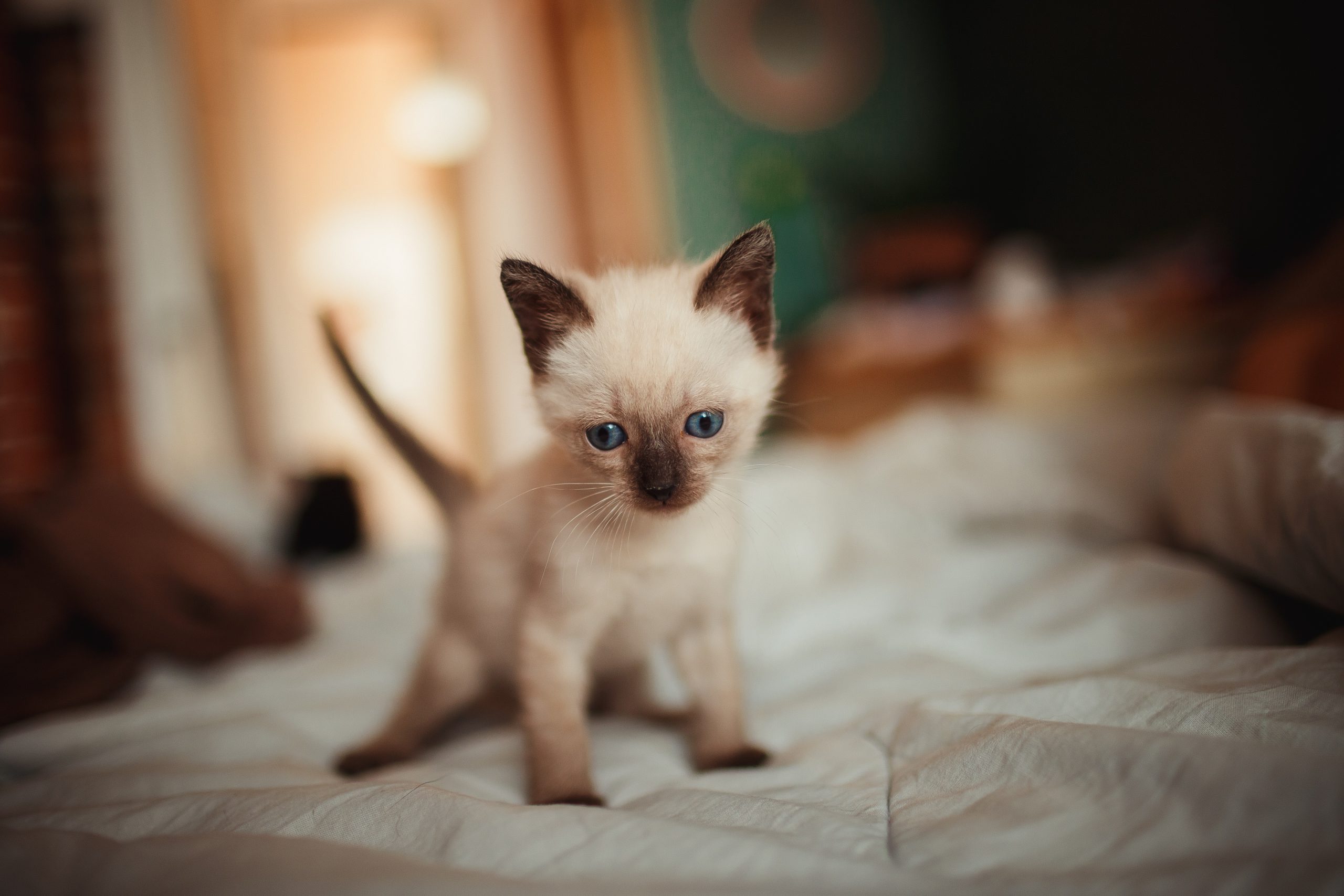A Beginners Guide to Better Understanding Bokeh Effect
What is bokeh?
The term bokeh refers to the blurred background that results when you shoot a subject with a fast lens at its widest aperture (f/2.8 or wider). To put it another way, bokeh is the aesthetically pleasing quality of the blur in a photo that is out of focus. Bokeh is the term used to describe the blurred parts of an image.

Bokeh, originally written as boke, is the Japanese word for blur or haze. Beginner photographers often attempt to center their lens on the entire subject and background. However, many more experienced photographers find that they’d like to blur the background in order to more effectively focus on the subject. When the background of a photo is blurred in an aesthetically pleasing way, the photo is said to have good bokeh. Background blur in a well-executed bokeh should be soft and “creamy”, with smooth round circles of light and no harsh edges, in order to create an aesthetically pleasing image. Bokeh can soften the edges of a photo that is otherwise harshly lit. Using this technique to separate your subject from the background allows you to include a not-so-photogenic background in your image, but the diffused blur helps to “highlight” the subject rather than take the focus away from it.

In general, for bokeh to be considered good. There must be a strong contrast between the foreground and background of an image. The fact that the human eye, with its great depth of field, is not particularly adept at producing the type of bokeh that many people like to see in photos or motion pictures is what fuels the bokeh obsession. Big bokeh is therefore a unique visual experience that can only be obtained by viewing an image captured through an optical lens.

How to get good bokeh?
As previously stated, bokeh is the aesthetic quality of the photograph’s blurry and out-of-focus areas. Pay close attention to the quality of your out-of-focus areas. Because they can either improve or ruin your image; don’t ignore them because they aren’t as important as the subject. Bokeh is most often used to emphasize the subject’s features in portraits. Close-up portraits display bokeh extremely well. Additionally, flowers and other objects in nature are often photographed up close and in macro to highlight the bokeh effect.
However, you can get good bokeh for almost any subject by selecting the appropriate lens. Using a wide aperture, getting close to your subject, increasing the subject’s distance from the background, and including highlights.


Edit your photos for better bokeh effect
So, what do you do if you don’t have the right elements or gear to create a stunning bokeh image?
MyZesty app’s easy-to-use interface makes it very easy to add beautiful bokeh effects to photos after they have been taken. Using MyZesty’s bokeh feature. You can choose from several bokeh styles and adjust the degree to which the background is blurred or in focus. Try different settings to see what kinds of blurred background bokeh you can create. You can also use it to add different bokeh styles with shapes that stand out. As you play around with the bokeh tool, you’ll find a lot of different options and ways to use it. Here are some stunning images made with MyZesty’s bokeh effect. You can do the same with your own images with a few taps!





Download the MyZesty app now and start creating your own unique bokeh images.


